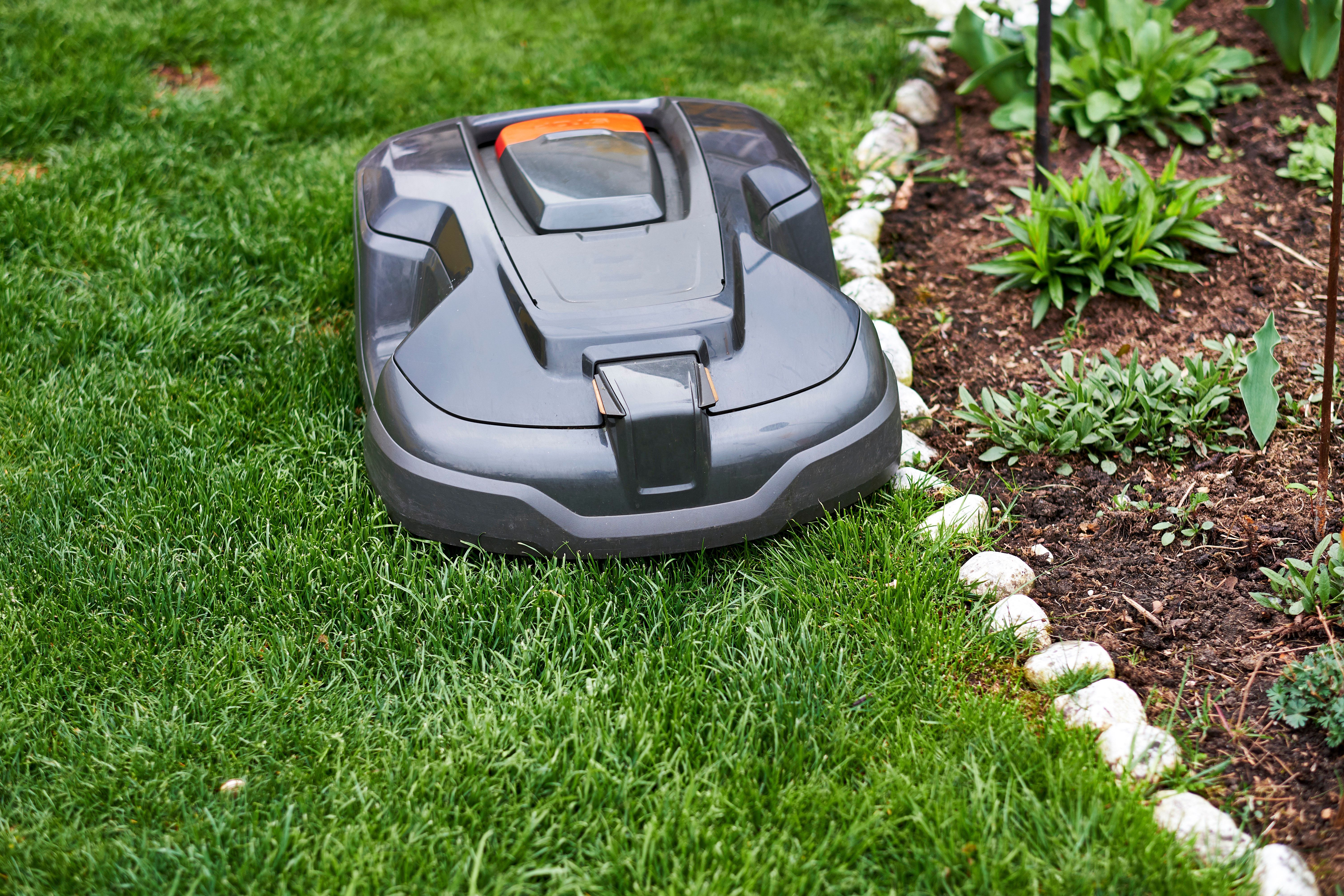How to ensure connectivity and power efficiency in smart lawnmowers
Designing wireless systems for robotic lawnmowers involves striking a balance between connectivity, power efficiency and design. With multiple wireless technologies available with different strengths and limitations, it’s important for design engineers to be able to choose the right ones that fit the needs of their specific device.
This guide compares key wireless technologies such as Cellular/5G, Wi-Fi/Bluetooth, LPWAN, and GNSS, offering insights into their use cases for lawnmowers. We’ll also explore how selecting the right antennas can optimise connectivity and minimise power consumption in these devices.
The importance of wireless technology in robotic lawn mowers
Reliable wireless communication ensures that robotic lawn mowers can navigate precisely, avoid obstacles and report back to the user for control and diagnostics. A strong wireless system also allows for remote control, real-time monitoring and seamless integration with other smart devices. Moreover, achieving connectivity with minimal power consumption is essential for extending the mower’s operational time between charges, which directly affects user convenience and performance.
Different lawnmower tasks, such as navigation, short-range communication or remote control, demand different wireless standards. Understanding the strengths and limitations of these technologies is crucial to designing a lawnmower that is both efficient and user-friendly. From Wi-Fi and Bluetooth home integration to cellular-based control systems, the right combination of wireless technologies ensures a smarter, more efficient mowing experience.
Cellular for long-range remote control
When it comes to monitoring robotic lawn mowers over vast distances, cellular technologies such as 4G and 5G are the preferred choice. These networks offer high data rates, allowing users to remotely control the mower or monitor its status via cloud-based platforms.
- Optimal use case: 4G/5G is ideal for users requiring real-time monitoring and control of their lawnmower from any location, such as via a smartphone or web interface.
- Strengths: Wide coverage, fast data transmission, real-time control.
- Weaknesses: Higher power consumption, dependent on cellular infrastructure availability.
Recommended antenna solutions
Antenova’s cellular antennas are an excellent choice for lawn mowers requiring wide coverage and real-time control. Backed by proven field performance in rugged conditions, these antennas provide unmatched signal reliability, making them the top choice for autonomous systems demanding consistent long-range connectivity.
Wi-FI and Bluetooth solutions for short-range communication
For tasks like docking, short-range control or linking to local controllers, Wi-Fi and Bluetooth technologies are ideal. These short-range wireless standards are designed for low-power communication, making them a natural fit for lawnmowers with limited energy reserves. They are also used in smart models that connect to home networks for smart remote control.
- Optimal use case: Wi-Fi and Bluetooth are perfect for short-range tasks like pairing the mower with a remote controller, or communicating with a docking station.
- Strengths: Low power consumption, control via mobile apps and home networks.
- Weaknesses: Limited range, prone to signal interference from the mower’s environment.
Recommended antenna solutions
Antenova’s FlexiiANT antennas are flexible, compact and high-performing, designed for seamless integration into small devices. Engineered to reduce development time, FlexiiANT antennas have been rigorously tested to ensure optimal integration and power efficiency, helping you bring your smart mower to market faster.
GNSS for accurate positioning
GNSS provides useful features for autonomous lawn mower navigation and security. By using satellite signals, robotic mowers can create efficient mowing patterns and track their location for anti-theft capabilities. However, choosing the right GNSS technology and antenna is critical for maintaining accurate positioning across various terrains and environmental conditions.
- Optimal use case: GNSS is primarily used for precise positioning, supporting navigation and enabling integration with other technologies like cellular and Wi-Fi. It can also provide an added layer of security through global tracking.
- Strengths: High locational accuracy, low data transmission needs.
- Weaknesses: Signal degradation in obstructed areas (e.g., under trees), higher power consumption for continuous location tracking.
Recommended antenna solutions
Antenova’s GNSS antenna solutions are designed to provide precise locational data whilst being compact enough for integration into small spaces. Trusted by top OEMs in precision navigation, these GNSS antennas ensure superior positioning accuracy even in challenging terrains, safeguarding your mower’s reliability and performance.
LPWAN for industrial applications
For industrial or commercial mowing operations, where mowers need to operate over extended ranges and still maintain reliable connectivity, LPWAN technologies like NB-IoT are occasionally used. These technologies offer excellent range while minimising energy use, making them ideal for remote monitoring and control over vast distances.
- Optimal use case: LPWAN is best suited for long-range communication where mowers need to stay connected over several kilometres, such as in large commercial or agricultural properties.
- Strengths: Long-range coverage, low power consumption.
- Weaknesses: Lower data transmission rates, not suitable for real-time control.
Recommended antenna solutions
Antenova’s NB-IoT antennas are optimised for LPWAN applications, ensuring strong connectivity over long distances with minimal power consumption. Optimised for commercial applications, Antenova’s LPWAN antennas offer the best power efficiency on the market, making them ideal for extended operations without frequent maintenance or recharging.
Bring seamless connectivity to your robotic lawn mower with Antenova
Selecting the right wireless technologies and antennas is essential for delivering high-performance, power-efficient robotic lawnmowers. GNSS, Wi-Fi/Bluetooth, LPWAN, and cellular each have unique advantages, and the right combination can ensure reliable connectivity in any environment. Antenova’s range of antennas, like the GNSSNOVA, FlexiiANT and cellular solutions, are specifically designed to optimise wireless performance while conserving energy.
Ready to elevate your lawnmower design with cutting-edge antenna solutions? Contact Antenova today to discover how our customisable antennas can power your next generation of smart lawnmowers.


.jpg?width=475&name=chris-barbalis-05902e-ZscE-unsplash%20(1).jpg)

